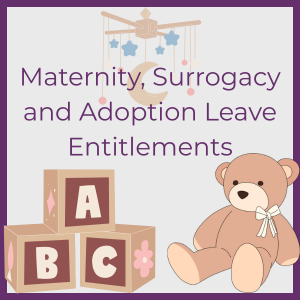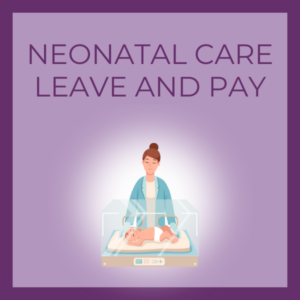This autumn’s budget was hailed as an ‘end to austerity’, with extra funds for public services and a cut to income tax bills for many earners. The news was not so good for some, however, and now the small print has been examined we have a clearer picture of the various tax announcements and the impact they will have on businesses and individuals.
In this blog we focus on new guidelines surrounding IR35, along with additional measures regarding income tax and National Insurance contributions (NICs).
IR35 – new private sector rules come into force April 2020
IR35 is tax legislation designed to stop workers benefiting from favourable tax arrangements by trading as independent freelancers or contractors when really they should be classed as employees.

From an employer point of view there are also major implications – when a worker is NOT classed as an employee, the employer avoids having to pay NICs for that individual.
Earlier this year we posted a blog about IR35 rules, which gives a detailed analysis of the regulations and how they are applied. So what’s the latest news? While IR35 rules themselves aren’t changing, the way they are assessed is being adjusted. It used to be the case that the onus was on the worker to determine their employment status – whether ‘on payroll’ (inside IR35 and classed as an employee) or ‘off payroll’ (outside IR35 and working as a contractor without employee benefits).
Now the government has decided that the burden of responsibility for determining IR35 status must rest on employers. The measure is being phased in, and came into force for the public sector in April 2017. In the budget, Chancellor Philip Hammond announced that medium and large companies in the private sector must comply from April 2020.
Mr Hammond said: “Last year we changed the way these rules are enforced in the public sector, but widespread non-compliance also exists in the private sector. Following our consultation, we will now apply the same change to private sector organisations as well.”
The measure applies to medium and large organisations; small businesses (generally defined as having up to 50 employees and a turnover below £10.2 million) will not have to comply.
Failure to correctly identify a worker’s IR35 status can lead to heavy fines and penalties, as well as backdated tax and NICs.
HMRC has an online IR35 testing tool which can be used by both employers and workers to assess status [link to HMRC page.
It’s a complex area and if you would like help getting to grips with IR35 and how it might affect your business, please don’t hesitate to contact us.
Income tax and NICs
In the budget, the Chancellor introduced increases to the tax-free personal allowance and the higher rate threshold to £12,500 and £50,000 respectively from April 2019. NICs will increase in line with the higher rate threshold, meaning that 12.5% NICs must be paid up to £50,000, dropping to 2% above that figure.
As payroll experts, it’s our job to ensure that any changes to tax and NICs are accurately factored in when we process clients’ monthly payrolls. The software that we use helps to ensure a seamless transition and in case of queries, we are always here to explain in straightforward, jargon-free terms.
From our offices in Tonbridge, Tunbridge Wells and Medway we work with clients large and small across the South East. We take time to get to know each individual client, so that we can tailor our services to meet your specific needs. Contact AMR today if you would like further information on our payroll and bookkeeping services.







